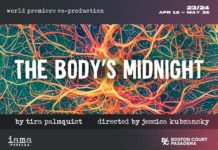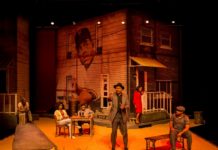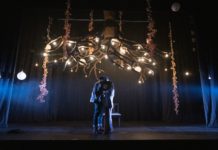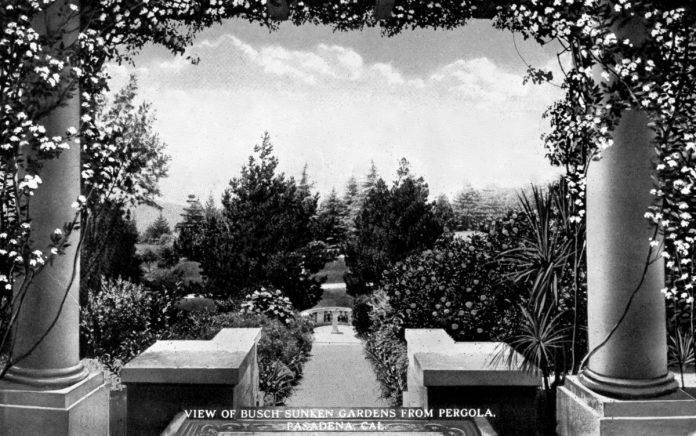
Imagine a place where the sun shines year round. The air is dry. And the sandy, smooth-stoned wash seems dryer still, most of the time. Magnificent rugged mountains rise above the arroyo in the east as the pure white clouds rise higher still.
This place of mild winters once embraced the sweet scent of orange blossoms and arid trimmings of the yucca and giant cacti. Shade from the mid-day sun aptly provided by the oldest centurions, the oak and its rambunctious new neighbors, the eucalyptus.
Today a red-tailed hawk glides effortlessly over the place where grizzly once roamed near a natural spring that still bleeds from its slopes (Garfias Adobe historic site, South Pasadena).

This place has known the bare-feet of native Indians, leather-sole boots of Spanish explorers, the three-pronged strut of ostriches, and spiked cleats of gridiron warriors.
This place has Indian spirits. It has received God’s blessing in many tongues and religions. American Presidents, world leaders, scientists, naturalists, pleasure seekers, hobbyists, athletes, artists, and writers regularly visit here. It has nurtured the sick, fortified the weak, and provided solace to the weary.
We don’t need to imagine such a place. A portion of it runs through South Pasadena. The Arroyo Seco (Spanish meaning dry wash) is like no other place on Earth.
Busch Gardens (1905-1938)
For a brief 33-year period the Arroyo Seco (west of the Colorado Street Bridge) was transformed into a garden paradise.


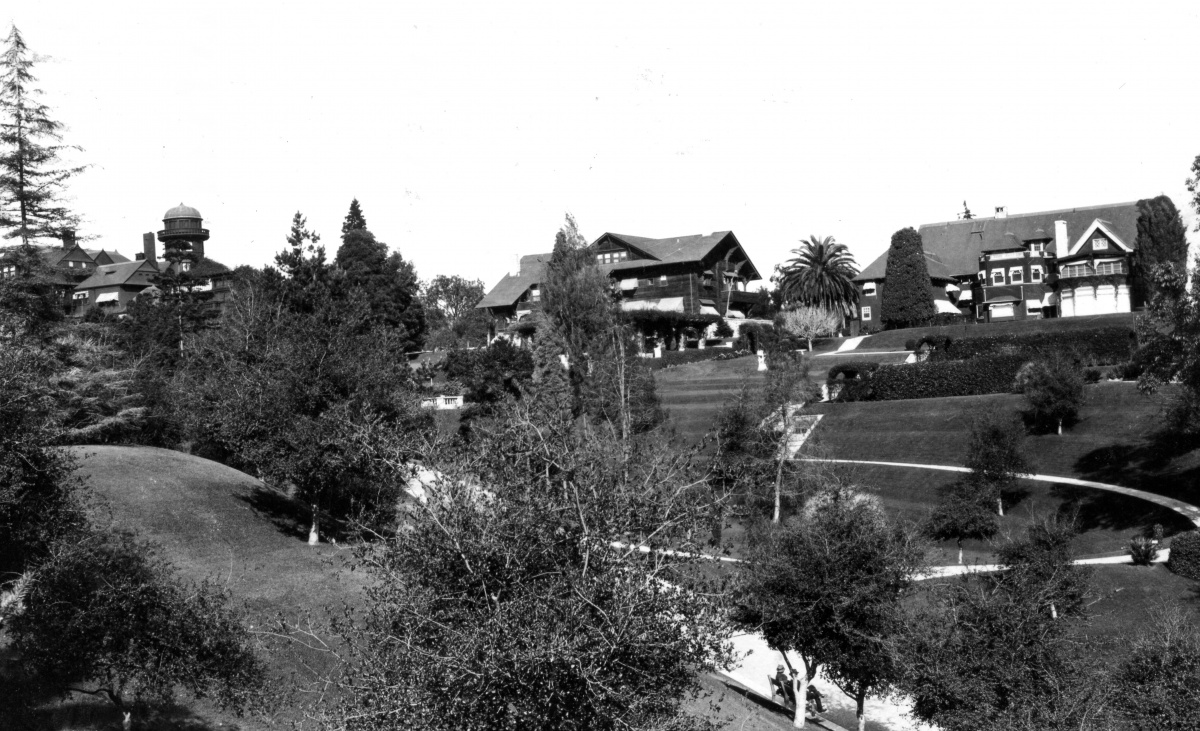
Adolphus and Lillie Busch purchased much of the Arroyo Seco behind their mansion on Orange Grove to transform its rugged appearance into a world-class park setting.
Their garden opened to the public in 1905.
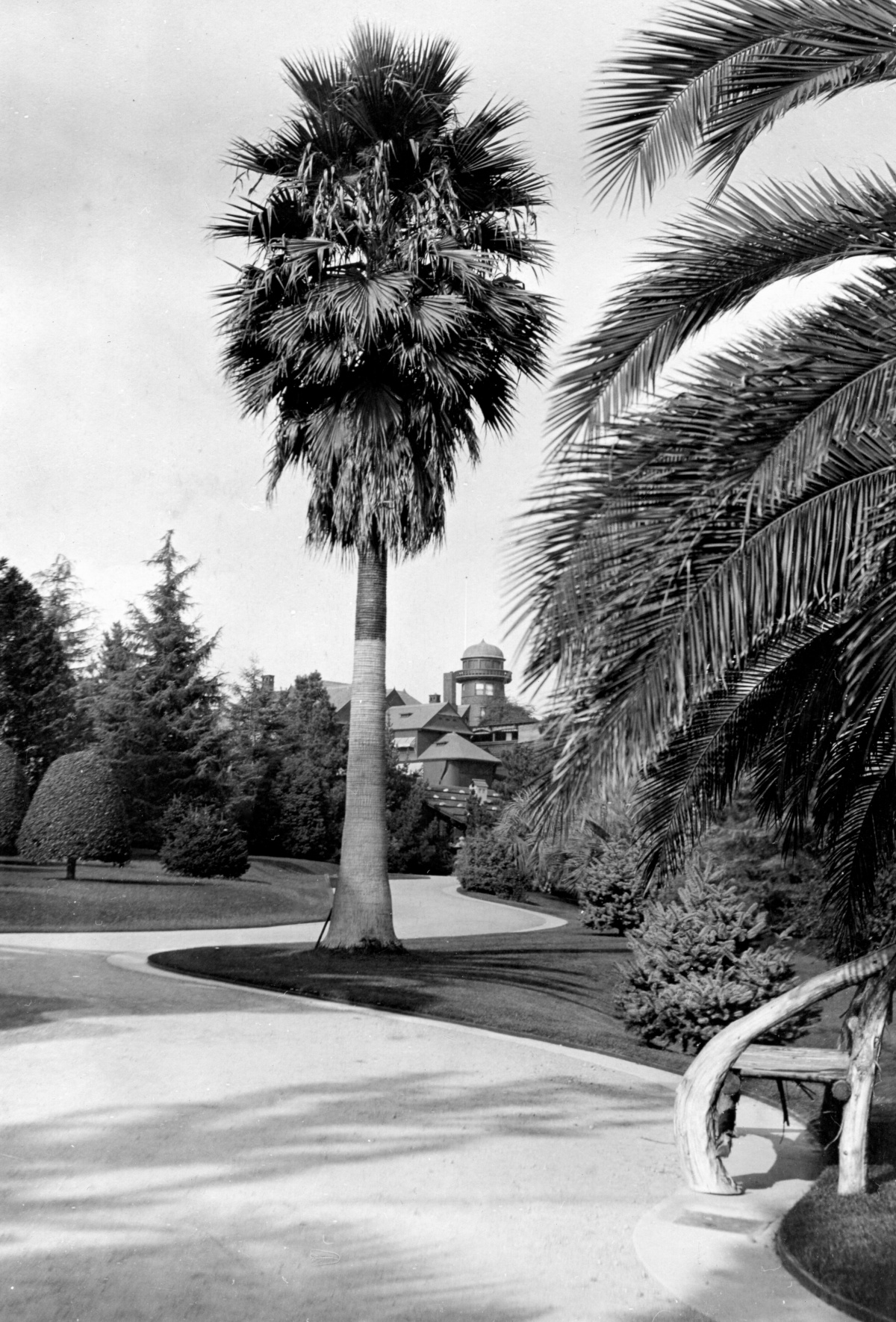
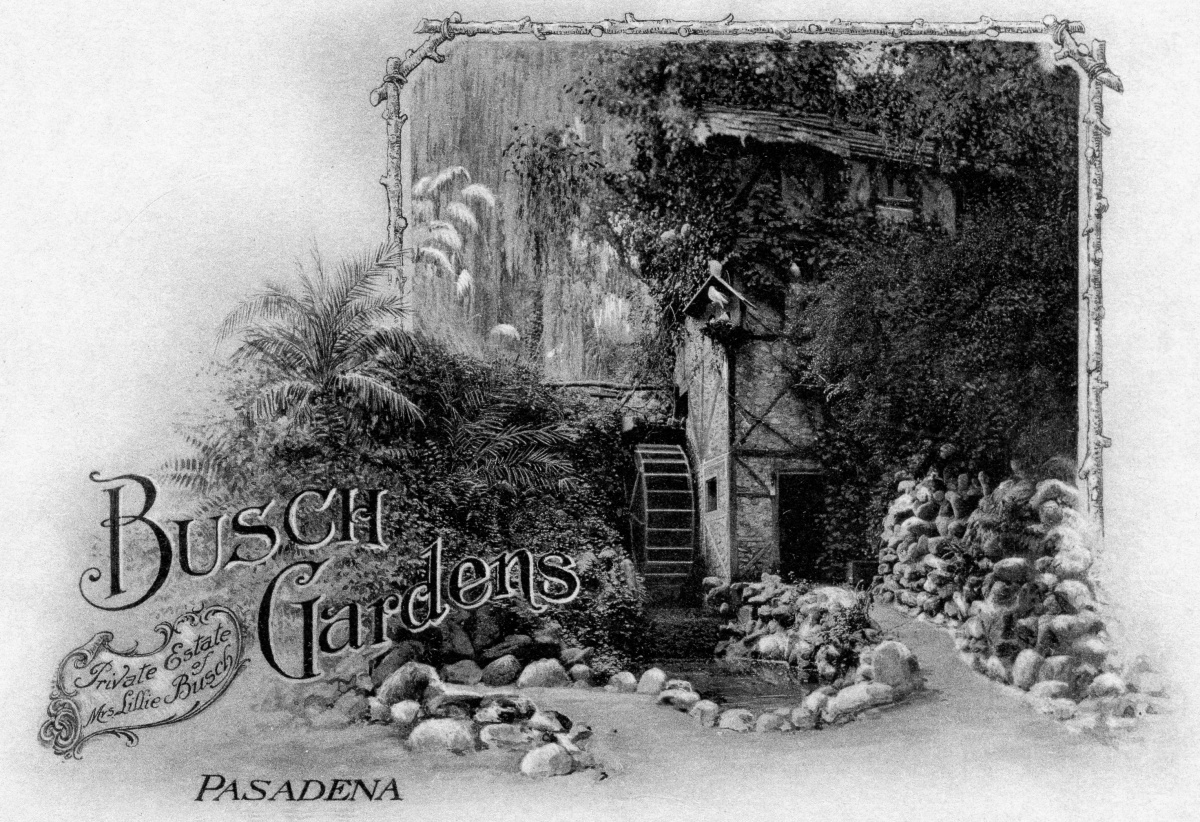
The Old Mill still exists today – as do many of the original garden features – converted from a 100-year old tourist attraction into a home.
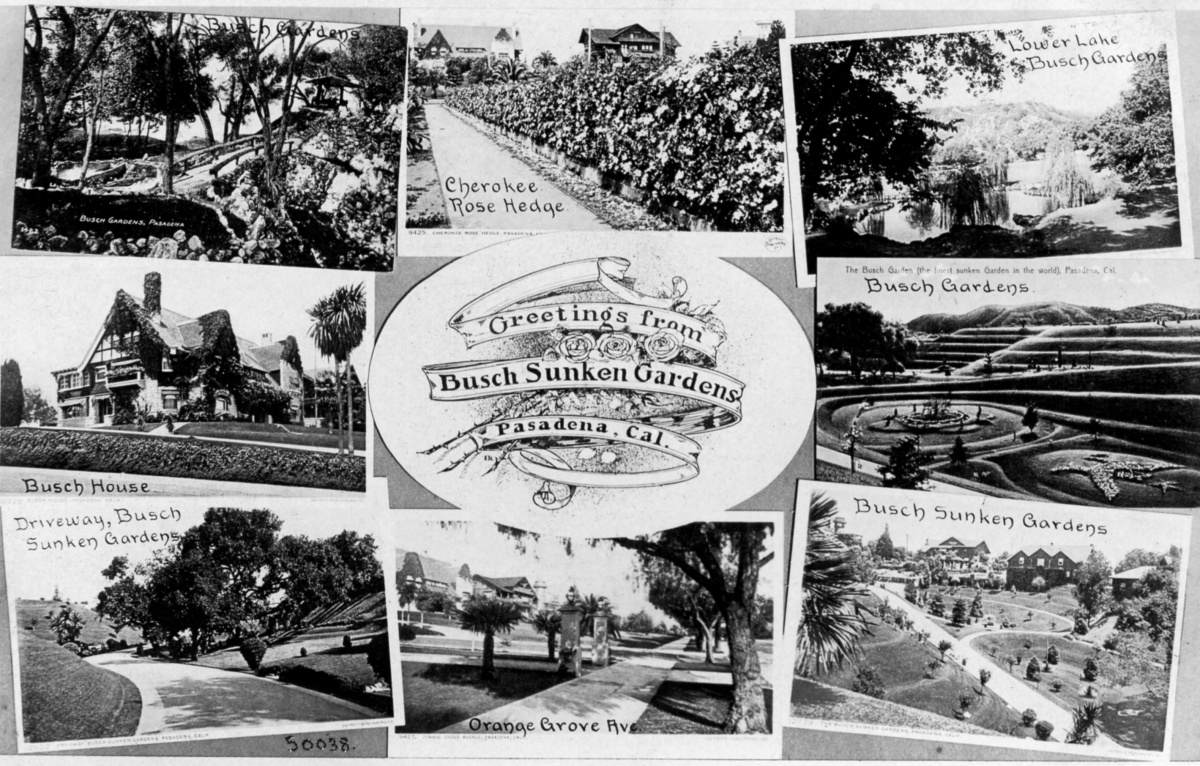
Busch Gardens had over 14 miles of walkways winding through the gardens’ twists and turns offering visitors intimate nooks to explore and grand views of the arroyo.

The gardens featured rustic bridges that crossed small streams, ponds, waterfalls, and fountains, as well as, fairy tale statuary at a variety of scenic locations.
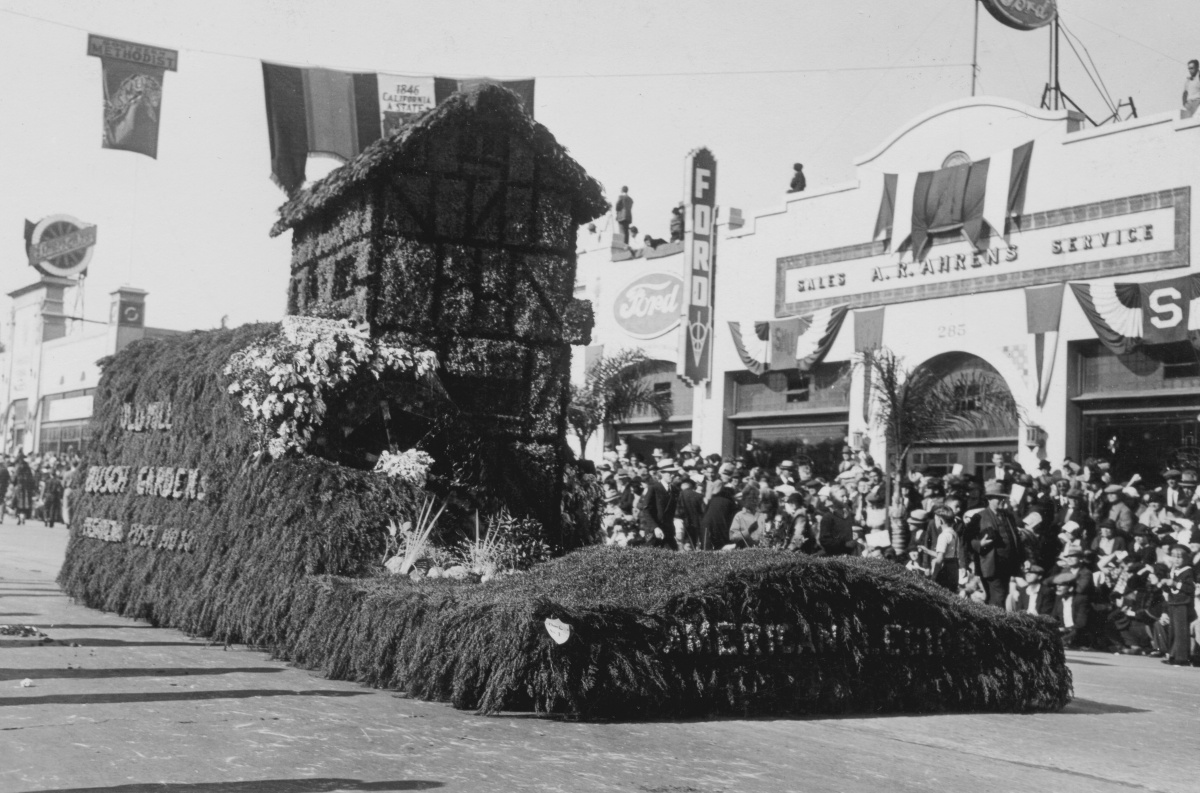
Today, few people know the original Busch Gardens once existed in the Arroyo Seco (less than a mile from South Pasadena’s Cawston Ostrich Farm at the time). The world famous sunken garden of the Busch estate was a marvel of landscape engineering with an annual maintenance expense of over $50,000. When the property was offered to the City of Pasadena, city officials turned it down. Busch Gardens was subdivided becoming home sites.

Visitors pose in front of the Mystic Hut (above) which still exists today on the downslope of a private residence.
Throwback Thursday is written and produced by Rick Thomas



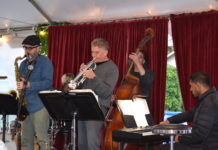
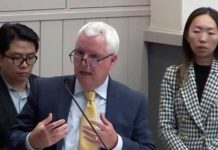



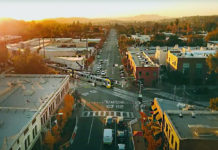
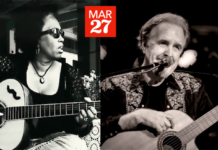
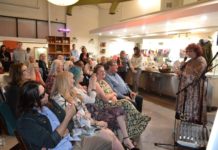
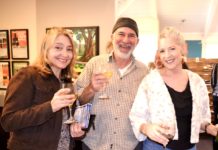



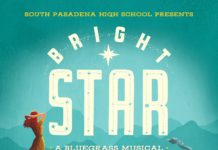



.png)






